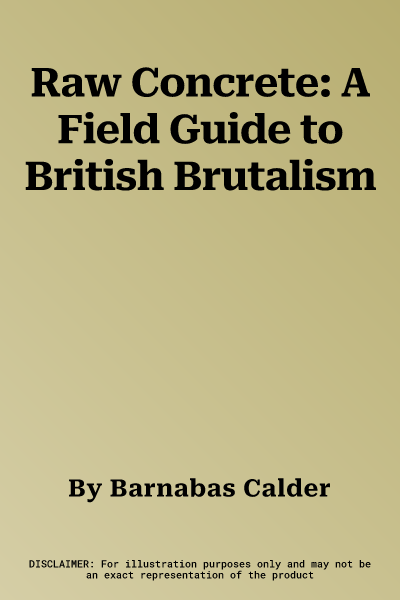A unique guide to architecture, and a radical, personal and
entertaining appraisal of eight of Britain's most controversial
buildings.
Béton brut or 'raw concrete' was a term coined by Le Corbusier and
appropriated by two young British architects in the 1950s to describe a
new kind of building: austere, unadorned, monolithic, confrontational
and constructed almost entirely in concrete.
Brutalist architecture blossomed in Britain in the second half of the
twentieth century, with planners favouring its functionality and low
costs for social housing projects, government buildings and shopping
centres. But as the school spread, so its reputation foundered, with
Brutalism quickly becoming synonymous with crime, economic deprivation
and inner-city decay.
In the twenty-first century, Brutalist buildings are just as prominent,
and just as pilloried -- seen by many as 'spiky survivors of the
sixties'. But there is another side to Brutalism, one of artistic
vision, political idealism and painstaking attention to detail: a school
of architecture to celebrate, not destroy.
Raw Concrete provides a groundbreaking history of the heavy-concrete
architecture of post-war Britain, as well as a personal and illuminating
guide to eight pivotal Brutalist buildings. Beginning in a tiny concrete
hermitage on the remote north Scottish coast, and ending up backstage at
the National Theatre, Raw Concrete takes us on a wide-ranging journey
through Britain over the past sixty years, stopping to examine how these
buildings were made -- from commission to construction -- why they have
been so hated, and why they should be loved.

